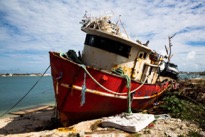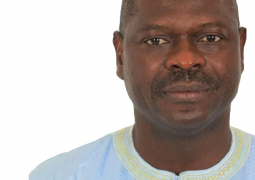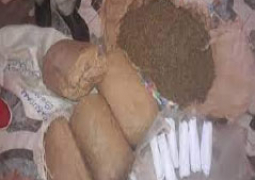
Out of the total, 66 were women, 64 men, and 28 boys, girls, and adolescents, while 163 remain unidentified.
“Over 51 per cent of the people who died on migration routes in the Caribbean last year could not be identified,” said Patrice Quesada, IOM’s Regional Coordinator for the Caribbean. “This means hundreds of families have no news on the whereabouts of their loved ones.”
Most of the migrants who died or went missing were from Haiti (80), Cuba (69), the Dominican Republic (56) and Venezuela (25). The main cause of death was drowning, mainly due to bad weather conditions that make navigation difficult, and the use of makeshift vessels in poor condition or that not designed to cross the high seas.
A significant number of the recorded incidents occurred on the routes that lead to the United States, from the Dominican Republic to Puerto Rico, from Haiti to the Dominican Republic, and from Venezuela to several Caribbean islands.
Julio César, a Cuban migrant and the only survivor among six of a shipwreck, recently recounted the terrifying experience of migrating on these dangerous routes.
“The boat capsizes five times, they lose their meager supplies, and panic and cold overwhelm them,” he said. “Fear reaches the bones, clothes soaked, the vertigo of the waves (...) I saw them from above, when I was at the tip of the wave, until the water swallowed them.”
IOM calls on governments in the Caribbean and across these migration routes to enhance regional cooperation to ensure the safety and protection of migrants, regardless of their status and at all stages of their journeys.
The prevention of migrant deaths must begin with the regular migration pathways, defending the right of families to stay together, and responding to the needs of migrants in vulnerable situations.




